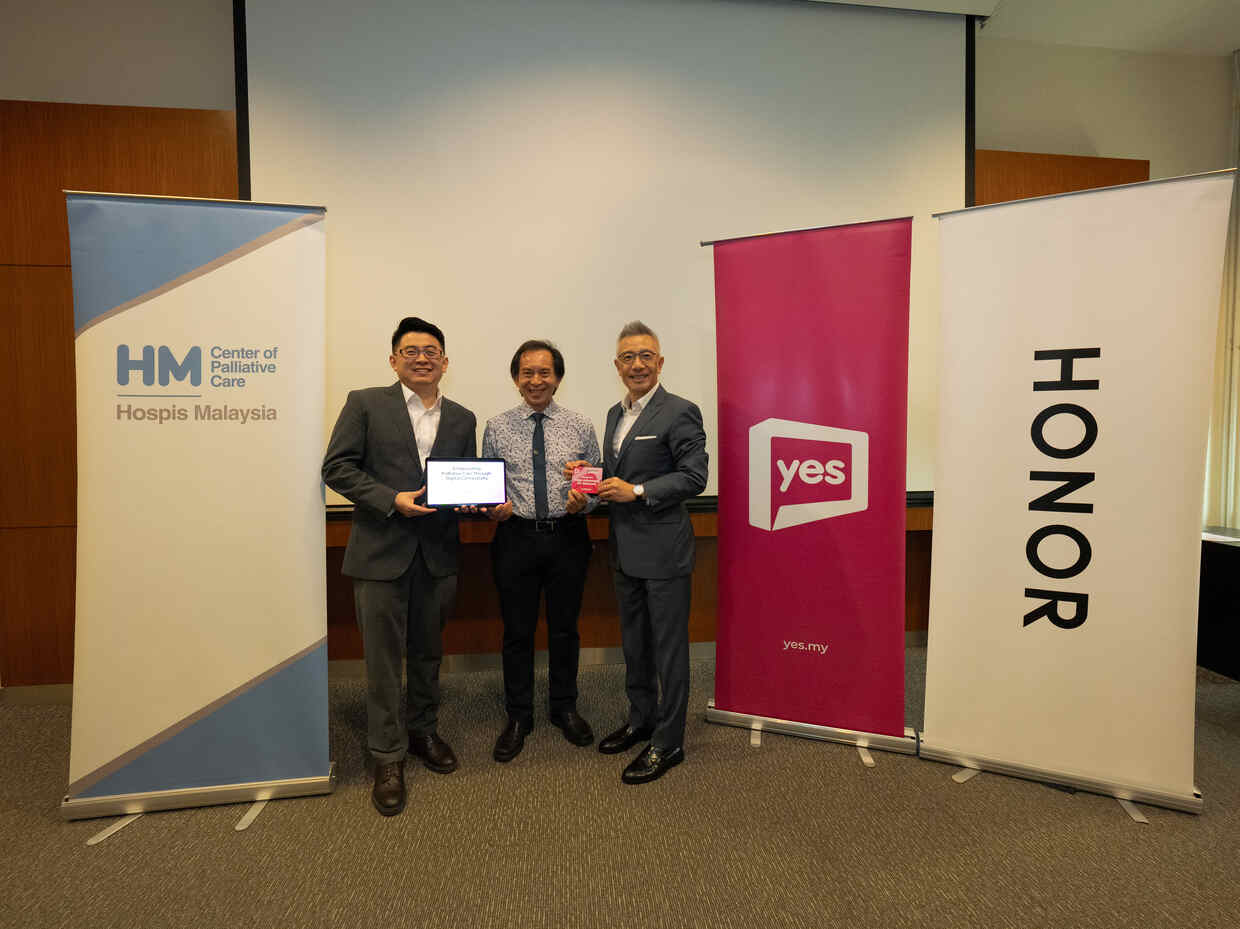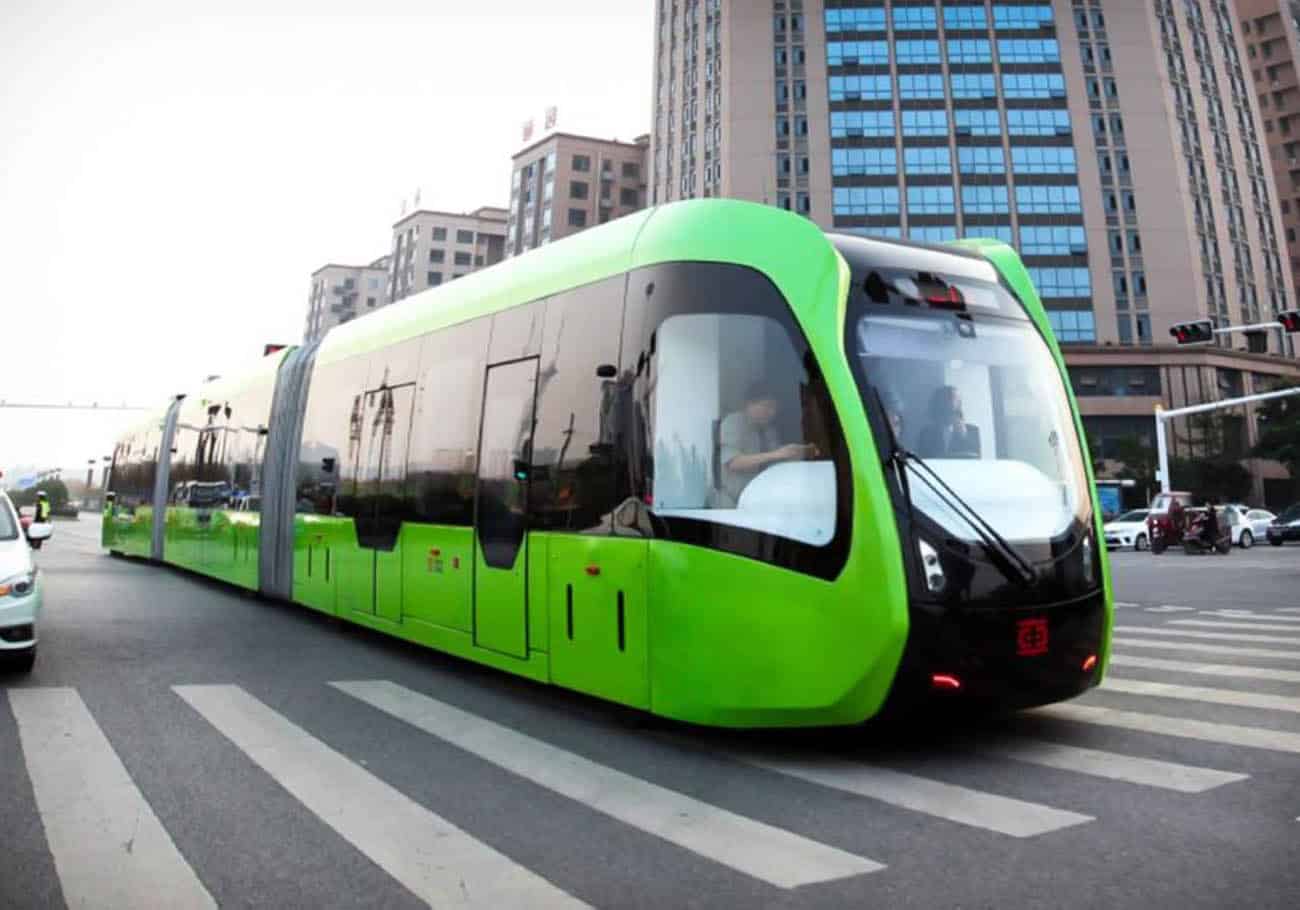
The Johor state government has shifted its focus towards an Autonomous Rapid Transit (ART) system for Johor Bahru, abandoning the previously proposed Light Rail Transit (LRT) line.
This decision comes after a cost-benefit analysis revealed significant financial advantages associated with the ART system.
ART system cost as a key factor
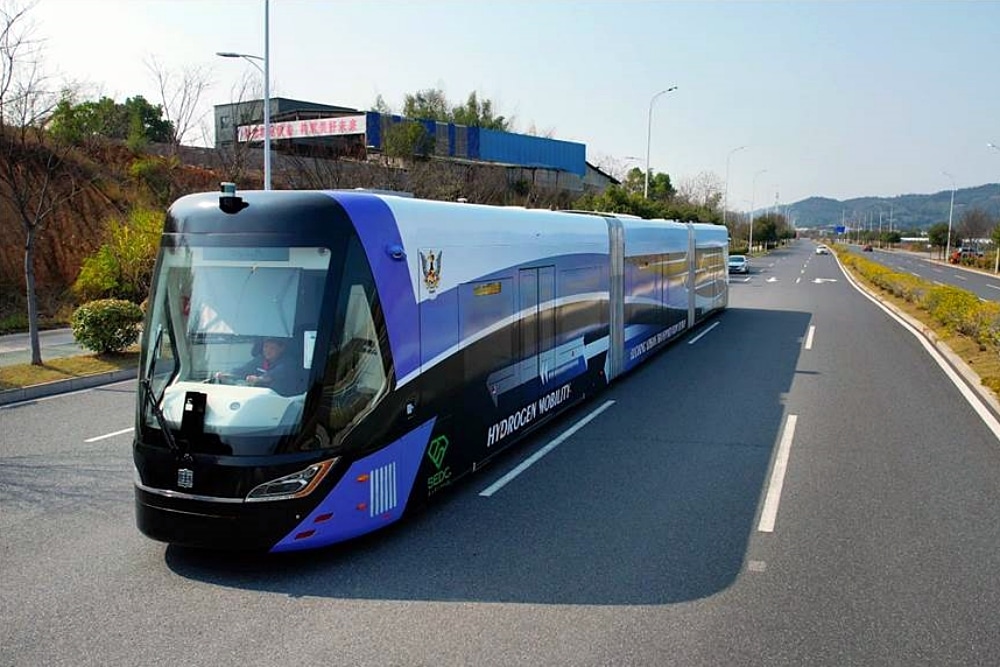
State executive councillor Mohamad Fazli Mohamad Salleh highlighted the primary driver for the shift.
“The estimated overall cost of providing Light Rail Transit (LRT) infrastructure in Johor is estimated to cost RM16.7 billion compared to RM7 billion for the provision of Autonomous Rapid Transit (ART) infrastructure,” he explained during the 15th Johor Legislative Assembly meeting.
A detailed evaluation comparing LRT and ART proposals led to this conclusion. Fazli elaborated on the additional expenditure associated with the LRT system.
“For the LRT system, it requires a new design for the elevated section in addition to requiring the approval of the railway scheme,” he stated.
Land acquisition for depots and stations also contributed to the higher cost of the LRT option.
Meeting project completion timelines
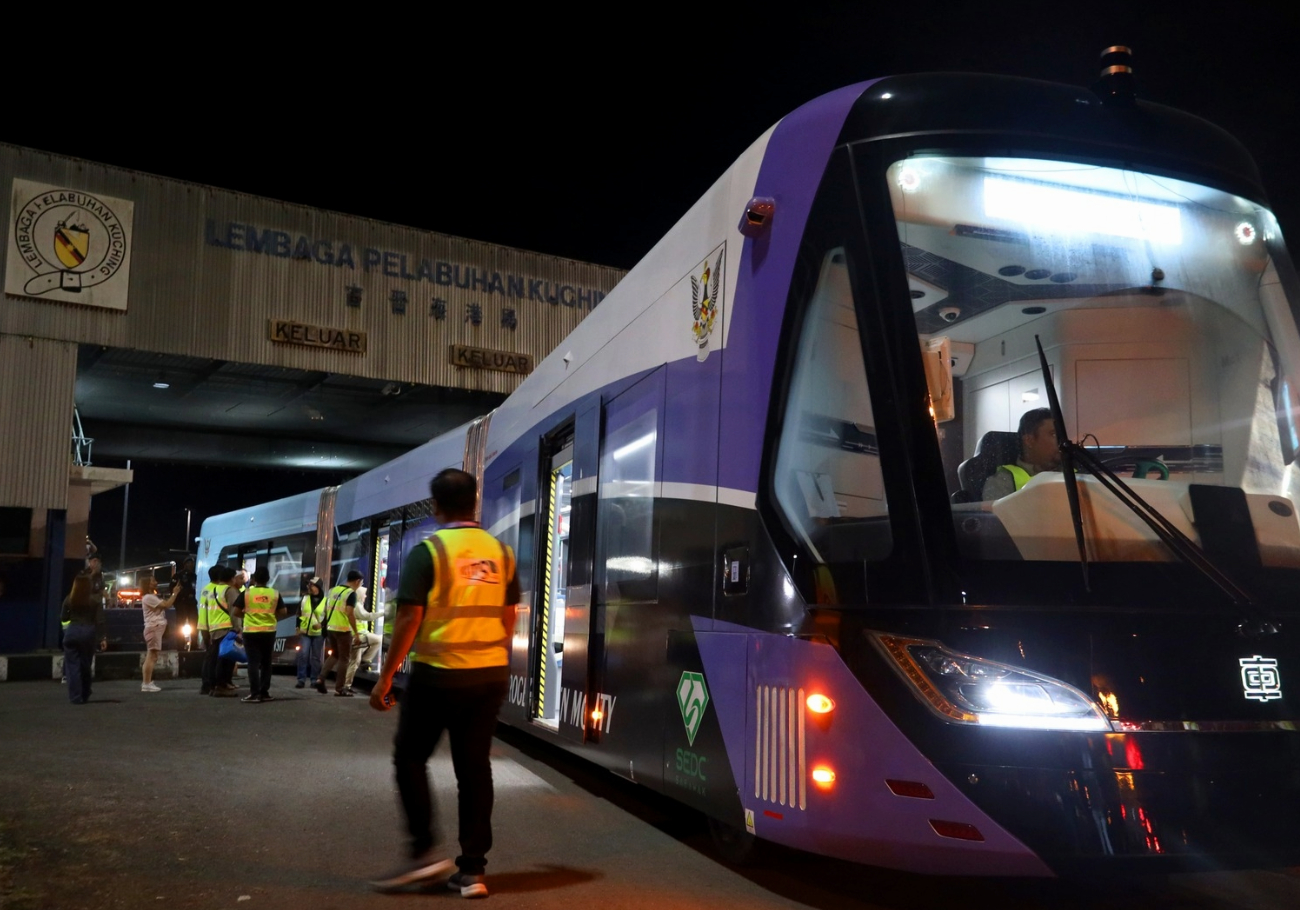
Meeting project deadlines is another crucial consideration for the Johor government.
“One of the considerations emphasised by the government is that the transport system to be developed can be completed by the end of December 2026,” Fazli emphasised.
This target aligns with the anticipated launch of the Rapid Transit System (RTS) connecting Bukit Chagar in Johor to Woodlands in Singapore.
“Congestion will occur at Bukit Chagar RTS Station if the passenger dispersal service (ART/LRT) is not completed in line with the start of RTS operations,” Fazli cautioned.
This concern underscores the importance of a timely and efficient public transportation system.
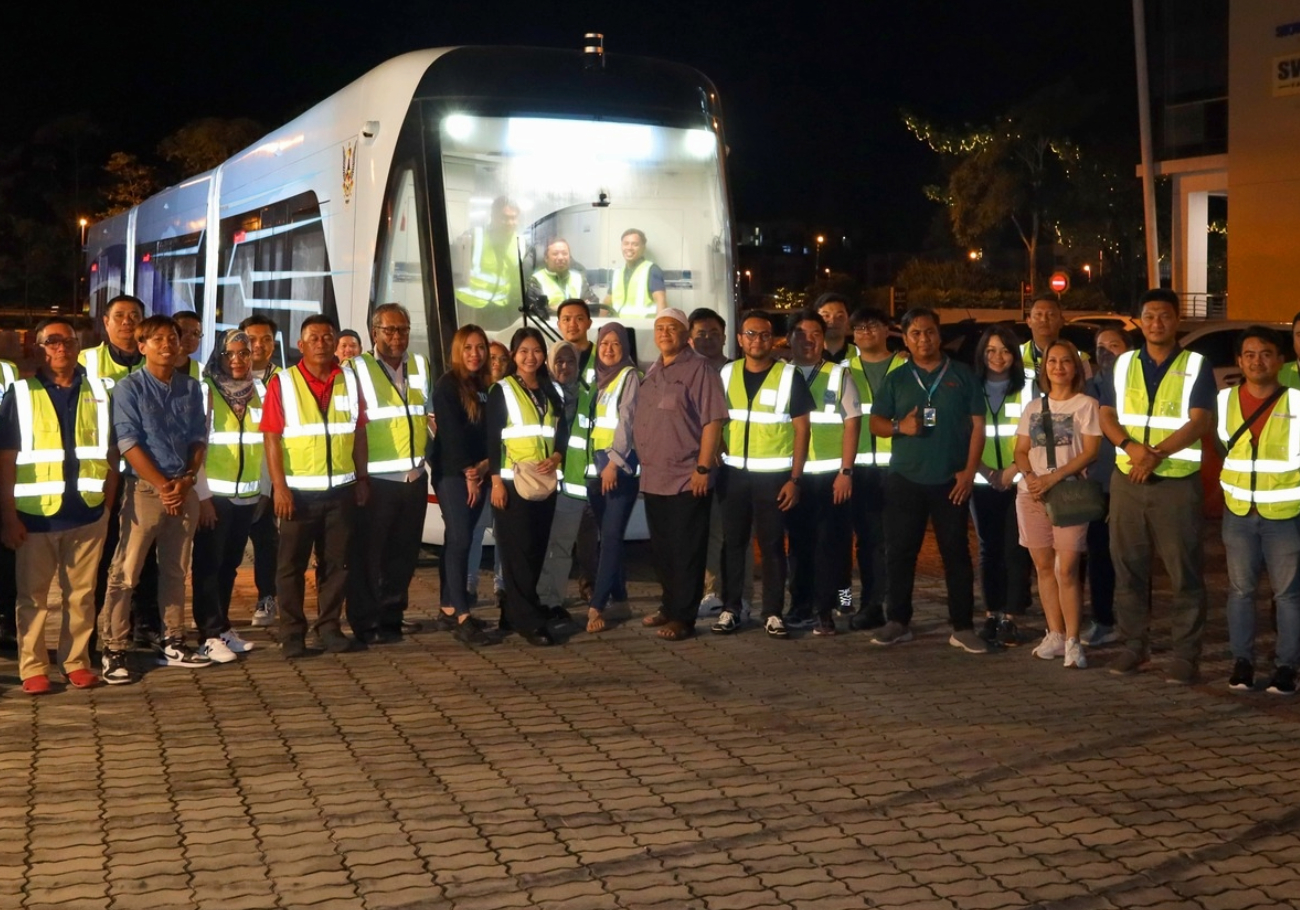
The Johor government’s decision mirrors a similar choice made by the Sarawak government.
Sarawak opted for a 52km ART route utilising hydrogen fuel cell-powered, driverless tram-like vehicles. This system is expected to be operational by 2026.
Johor’s ART system, likely an elevated version (E-ART) based on Fazli’s statement, will replace the previously planned Bus Rapid Transit (BRT) system that was cancelled by the federal government.
While specific details about Johor’s ART are yet to be finalised, the Sarawak model suggests a street-level trackless lane system with vehicles capable of carrying up to 300 passengers at speeds of up to 70 km/h.
The adoption of the ART system signifies the Johor government’s commitment to providing an affordable and timely public transportation solution for Johor Bahru.
This decision has the potential to alleviate traffic congestion and improve connectivity within the city, aligning with the development goals of the state.









